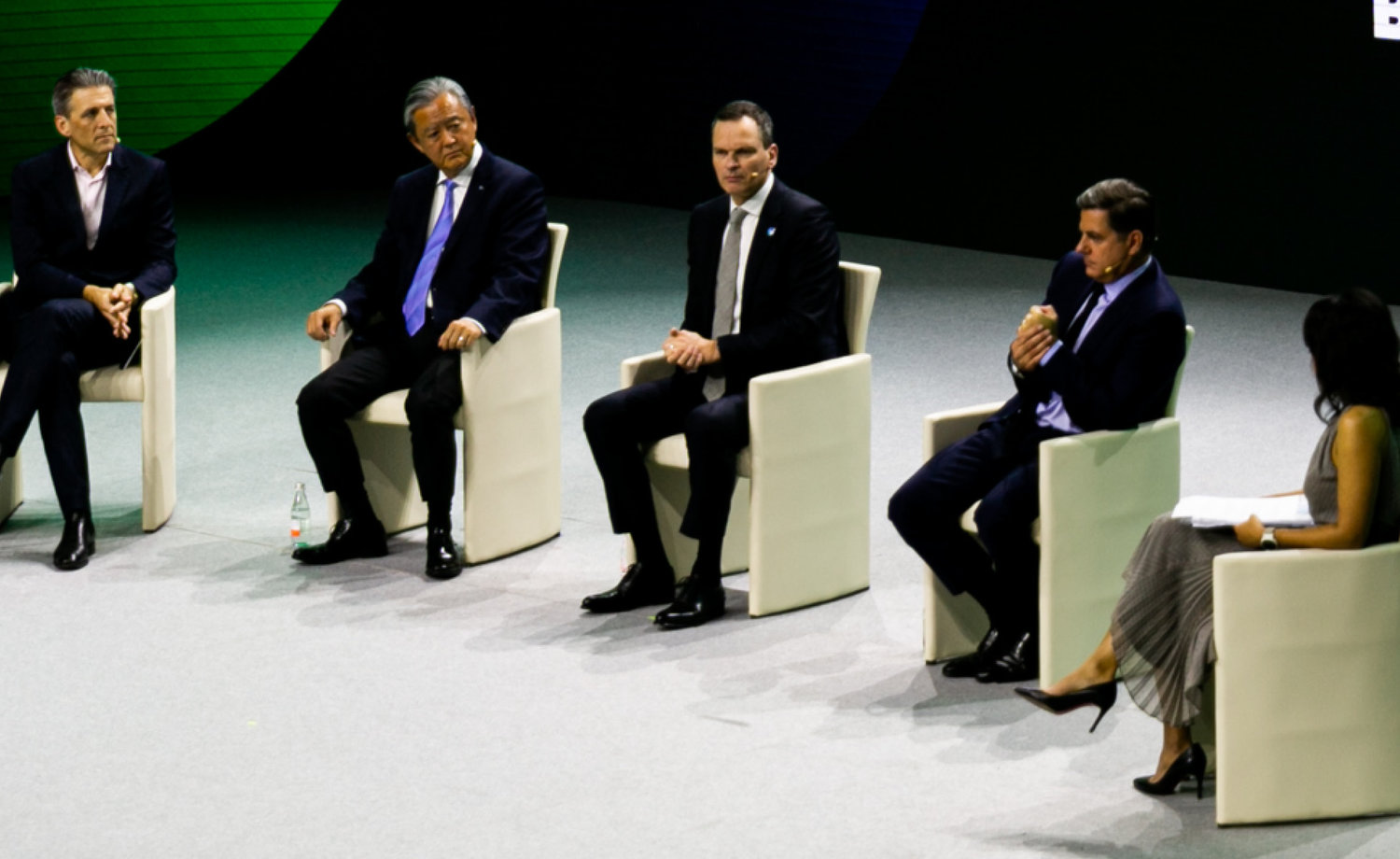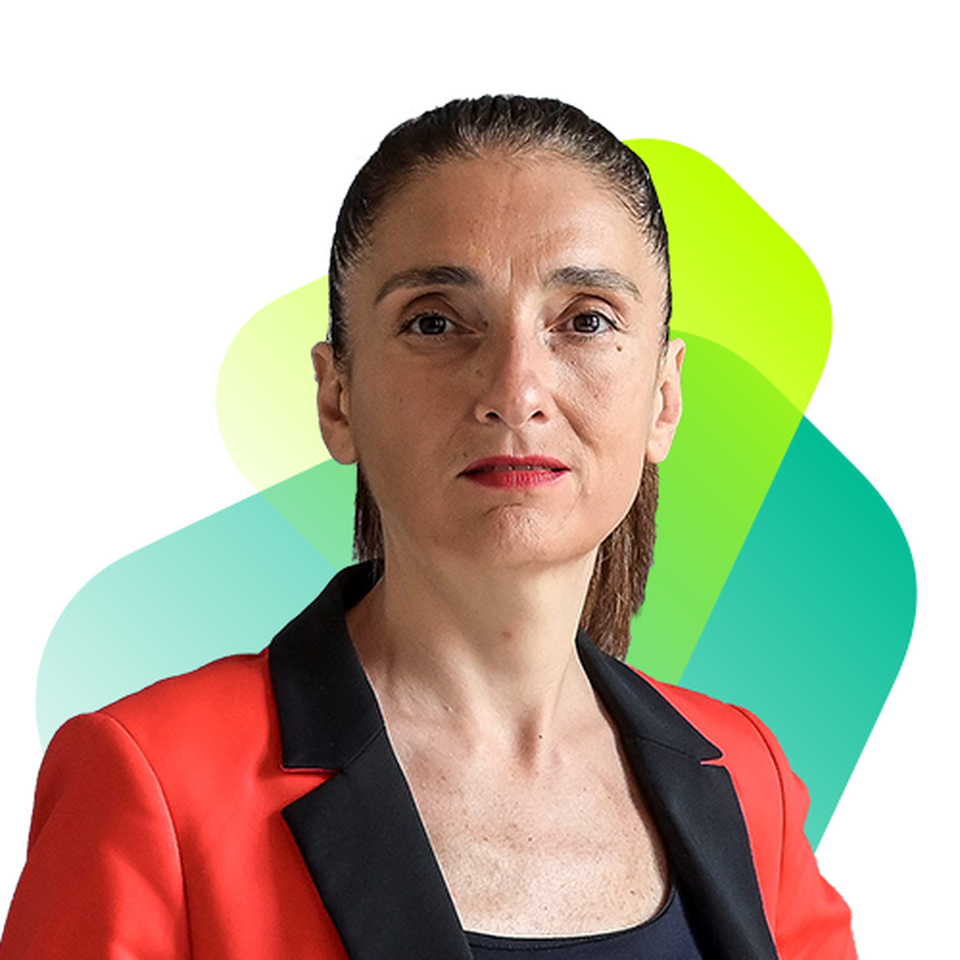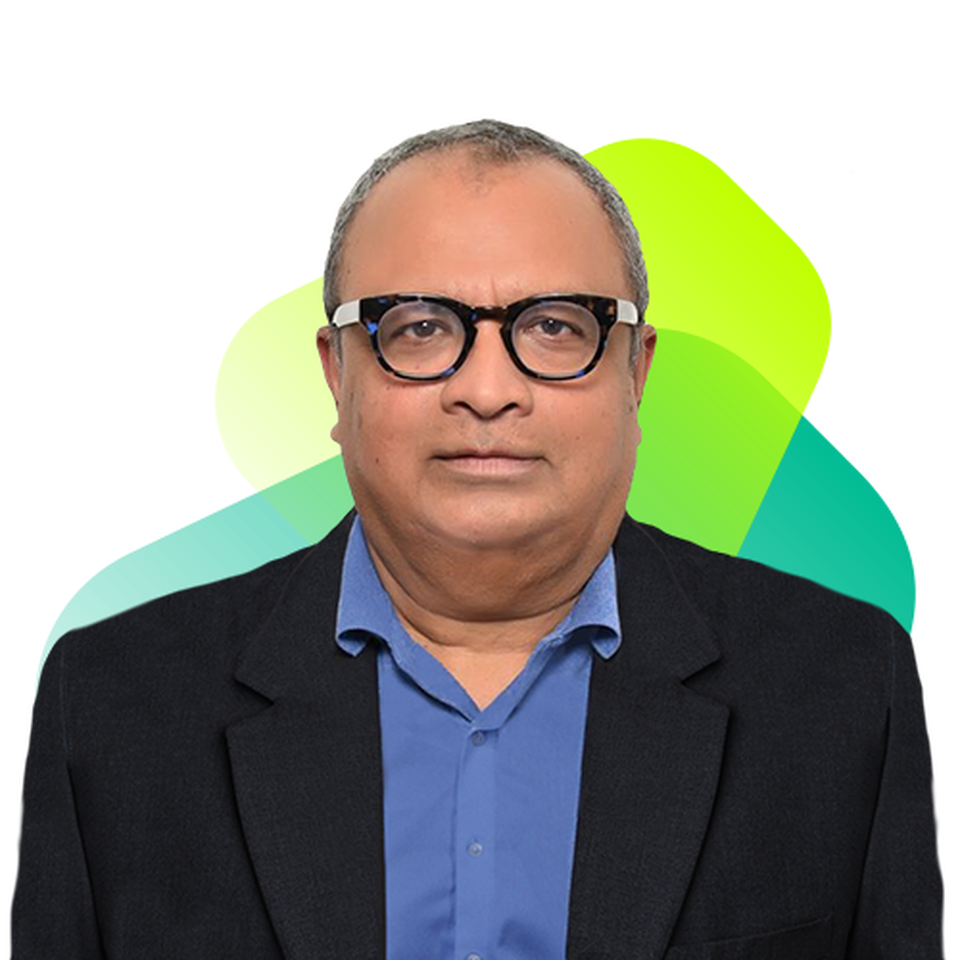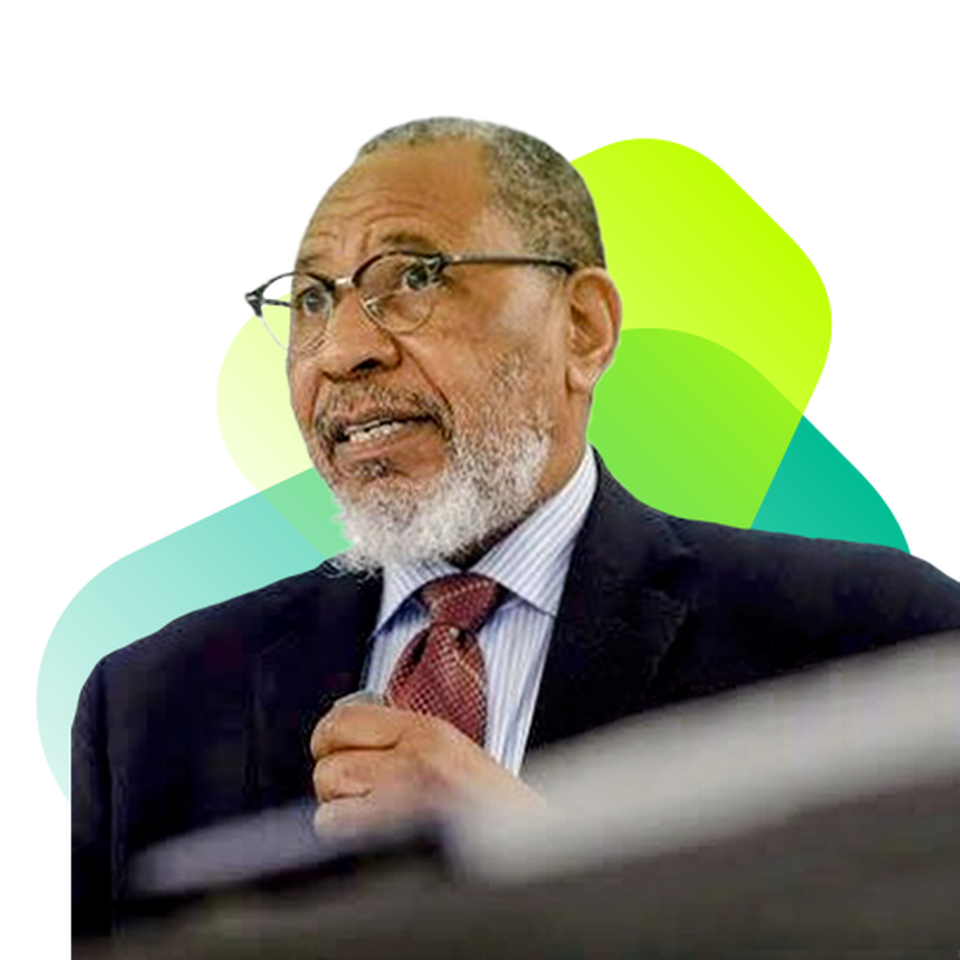Climate Financing Outlook
Featuring

There’s a misalignment of objectives between the three major players: national governments, the private sector, and multilateral agencies - Vasuki Shastry
With public and private sector points of view, this panel looked at some of the critical questions about who will pay for the global energy transition.
Vasuki Shastry
Mr. Shastry talked about the “tyrannies of climate finance.” He said the first is that “there isn’t consensus in the international community on the quantum of money
that is required” and proposed a guiding principle of at least $5 in private finance for every dollar of aid. The second tyranny is debt. “It’s very difficult to argue with the finance minister of a developing country that, in addition to paying off all the debt accumulated during the pandemic, you now need to invest these additional billions into trillions in climate finance.”
He said we need a mechanism for developing countries to receive grants and loans under hyper-concessional terms. He also
said there is a problem with funding structures. “The private sector will argue that there’s no lack of capital, but at the same time they only want to finance bankable projects. And the gap between bankable projects and theoretically what needs to be invested in climate finance is widening.” He appealed to ESG purists, who apply the same set of principles across the global investment portfolio, to really differentiate. “Africa only accounts for 4% of global carbon emissions and should have a longer runway in terms of economic development.”
So, the singular fundamental challenge going into COP 28, he believes is to create single focal point, almost like a clearing house, to determine how much money is available and where that money needs to be directed.
Ray Koop
“The private sector,” says Mr. Kopp, “is going to have to come forward and play a very substantial role in thinking about how we funnel funds into the lowincome
and middle-income countries.” He said government funds are going to be tremendously insufficient—”not only are the commitments insufficient, but follow-up on those commitments is lacking, to say the least.”
He talked also about the voluntary carbon market that’s has come to the fore in the last few years. “There is a new jurisdictional-level idea where credits would be developed at the country level, particularly around the electric power sector. The energy transition accelerator that was discussed at COP 27 and which will be fully developed and rolled out and COP 28 would be an opportunity, hopefully, for countries to invest in high-quality credits where they’re not directly involved in the projects themselves.”
He cautioned that companies must ensure they’re buying the best credits, and perhaps have some government support behind them. For governments to help bring in private sector money, Mr. Kopp said the first thing needed is for governments to de-risk those investments. Then, he thinks it is incumbent on the developed world to provide money to the developing world, “to develop a slate of projects which are investable, which have acceptable rates of return, are meshed with de-risk opportunities, and have that string of investments on the table for companies to come in and have an opportunity to examine again.” Finally, “you need to have a country that is putting together a decarbonization regulatory program that has credibility and transparency to ensure that companies will get the rate of return they expect when they go in.”
The private sector is going to have to come forward and play a very substantial role
Alessandra Ricci
SACE has 3,000 small and mid-sized enterprises (SMEs) in its investment portfolio, and it recently surveyed 9,000 SMEs that clearly showed they view sustainability as crucial to increasing their efficiency and competitiveness in domestic and international markets. Yet, most don’t have the budgets or management bandwidth to invest in what’s needed. Starting in 2020 as part of the Italian Resilience and Plan, SACE was entitled to issue guarantees to Italian companies related to the EU’s Green New Deal program to invest in green technologies and sustainability issues. So far, SACE has invested at least €9 billion in sustainability investments with about 300 companies.
For climate finance overall, Ms. Ricci says “I see big opportunities. I do not see big risks.” She thinks there is no fear of transformation in Italy, and that there is capital to be invested, but she said “It’s not a question for one person or one organization. Everybody should act.”
I see big opportunities. I do not see big risks
Youba Sokona
Mr. Sokona offered his personal opinions, but was not speaking on behalf of the IPCC. He talked from a developing world perspective, about the different kinds of finance that are necessary and accessible. He said there are the two extremes. One is where there is energy access, probably dominated by fossil fuel, and with access to low-cost renewables. In those cases, a private investor could come in easily because the infrastructure and systems are there.
He gave South Africa as an example. At the other extreme are the least developed countries (LDCs) such as Mali, with very low energy or electricity access. The private sector cannot come in immediately. In between the two extremes are a range of countries, including some where renewables are playing a key role. So, it is crucial, he says, for investors not to paint developing countries with a homogeneous brush because they are very diverse with many different starting points. He said the second big problem is that the climate discussion has focused so much on finance that “we have not really analyzed critically the condition in each of the situations.”
The problem is that we have not really analyzed critically the condition in each of the situations





